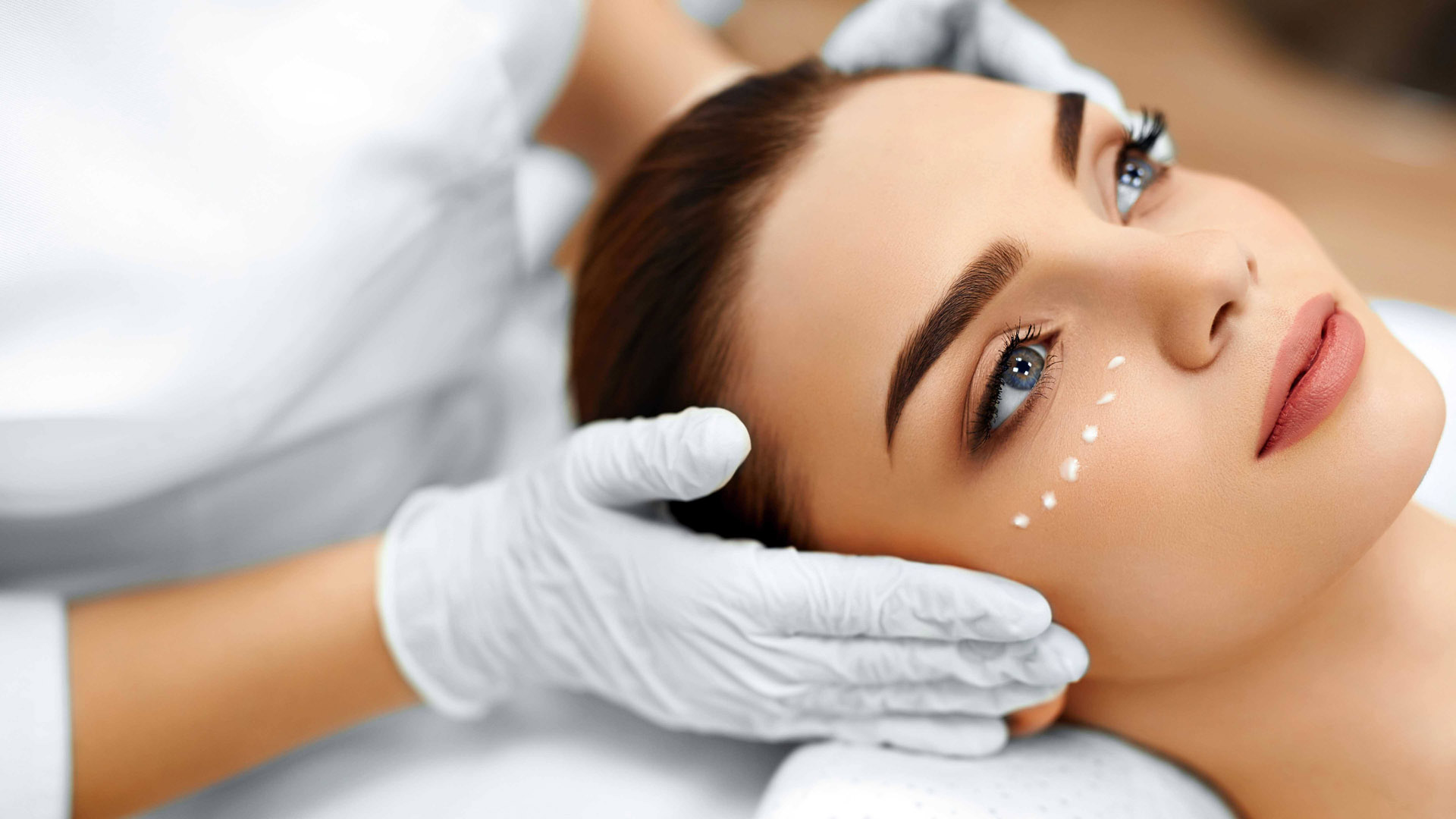Most Effective Clinical Melasma Treatments in 2022
- Written by NewsServices.com

Let's discuss the most successful melasma therapies now, but first, let's define melasma.
For those who haven't heard of melasma, it is a common skin condition marked by irregularly shaped, darker-than-normal spots on the skin. It often develops on the chest, the forearms, the neck, and other parts of the body that are frequently exposed to the sun, such as the shoulders, chin, and upper lip.
Melasma is typically more prevalent in pregnant women (Chloasma). Due to hormonal shifts or hormonal drugs, such as birth control pills, it is frequently referred to as "the mask of pregnancy." After the pregnancy and as hormones readjust, it normally goes away. Melasma is commonly brought on by hormonal fluctuations, but it can also be brought on by excessive sun exposure or even stress. Additionally, people with light brown to deeper skin tones are more likely to have it.
You should be aware that melasma is a prevalent skin condition that is challenging to cure if you have it. However, developments in dermatology have produced a wide range of useful treatments for this skin condition. To achieve the best outcomes, you must rigorously adhere to your treatment plan.
We can now discuss some of these widely used DIY treatments for melasma.
Skincare Routine to Treat Melasma
Melasma can be prevented and faded with the use of a suitable at-home skincare routine and professional treatments. Sunscreen, especially broad-spectrum sunscreen, is the strongest line of defence against melasma. One of the best melasma remedies, hydroquinone works by lowering inflammation and pigment production to lessen the look of the condition. Skincare items with the following components are among those we advise using to treat melasma:
-
Azelaic acid
-
Kojic acid
-
Cysteamine
-
Niacinamide.
-
Licorice extract
-
Vitamin C
-
Mandelic acid
-
Glycolic acid
-
Tranexamic acid
Chemical Peels
Another method of treating melasma is with chemical peels. Chemical peels are chemical masks that are applied to the skin to assist in removing epidermal layers that have become darker owing to hyperpigmentation. Chemical peels gently exfoliate the area by reacting with the dead skin cells on the skin's outer layer with substances including glycolic acid, alpha-hydroxy acids, and salicylic acid. For healthier skin, this promotes cell turnover and the healing response.
Laser Treatments
-
Similar to chemical peels, laser peels lessen melasma while fostering the formation of collagen and elastin as well as cell turnover. Pico lasers focus on the skin's discolouration, causing minute abrasions beneath the skin's surface to separate them. Your body automatically eliminates these discolouration particles when they have been broken up and swaps them out with fresh, healthy skin cells. It works on the same principles as laser tattoo removal, except it concentrates on your skin's normal pigmentations. Common laser treatments include Cool Peel, Vbeam laser treatment and PicoWay laser technology.
Microneedling
A grid of needles on the dermis is used in the minimally invasive technique known as microneedling to produce minute tears in your skin. Your skin becomes more toned and produces more collagen as it recovers. Through facilitating easy penetration of additional chemicals beneath the skin's surface, this therapy significantly enhances skin texture. Multiple treatments, each spaced 4 to 12 weeks apart, are needed for this process.
Platelet-rich Plasma (PRP)
This treatment entails drawing a tiny amount of blood from you, centrifuging the blood to split it into layers, then injecting the Plasma layer of blood into the melasma-affected skin. Platelet-rich Plasma (PRP) has a reputation for being successful in enhancing skin texture and balancing the skin's overall tone.
Final words
Melasma therapy can be difficult, but with the correct skincare products and a combined treatment plan, it can be more successful. Schedule a consultation with your dermatologist to get assistance with a customised skincare regimen and the ideal combination of treatments.
The best method to stop melasma from developing or getting worse is to restrict your sun exposure, regardless of the sort of therapy you use.



